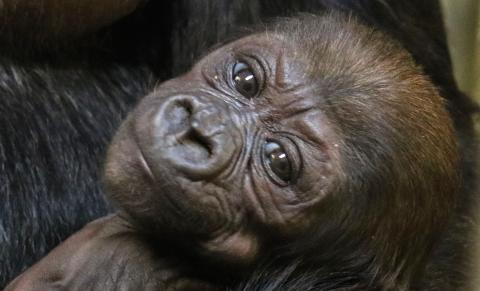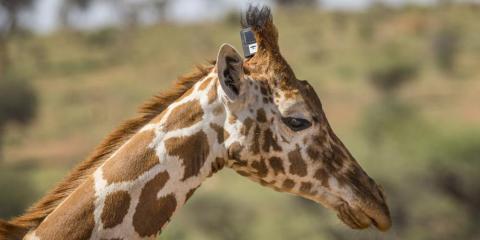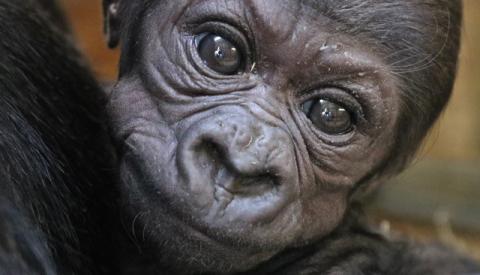News
Displaying 976 - 1000 of 2301

June 15, 2018
#GorillaStory: Moke the Explorer

June 08, 2018
#GorillaStory: Moke is Teething

June 01, 2018
The Zoo Celebrates NHL Hockey Finals

June 01, 2018
#GorillaStory: Moke, Calaya and Kojo

June 01, 2018
Panda Update: June 1, 2018

June 01, 2018
Maned Wolf Matchmaking

June 01, 2018
Wild Personalities: Elephant Edition

June 01, 2018
Field Notes: Migration at the Delaware Bay

June 01, 2018
Woo at the Zoo: Andean Bears

May 25, 2018
#GorillaStory: Curious Moke

May 23, 2018
Does Slow and Steady Win the Race?

May 18, 2018
Today Is Endangered Species Day

May 18, 2018
#GorillaStory: Moke Is One Month Old

May 16, 2018
International Family Equality Day

May 04, 2018
The Mysterious Disappearance of Reticulated Giraffes

May 04, 2018
How to Train a Coati

May 04, 2018
#GorillaStory: A Growing Gorilla

May 02, 2018
Why Do Cheetahs Have Spots? And Other Cheetah Facts

April 27, 2018
From the Field: Bird Banding on Texas’ Gulf Coast, Chapter 1
April 27, 2018


